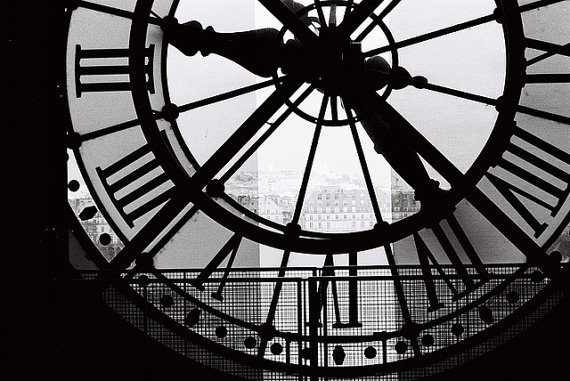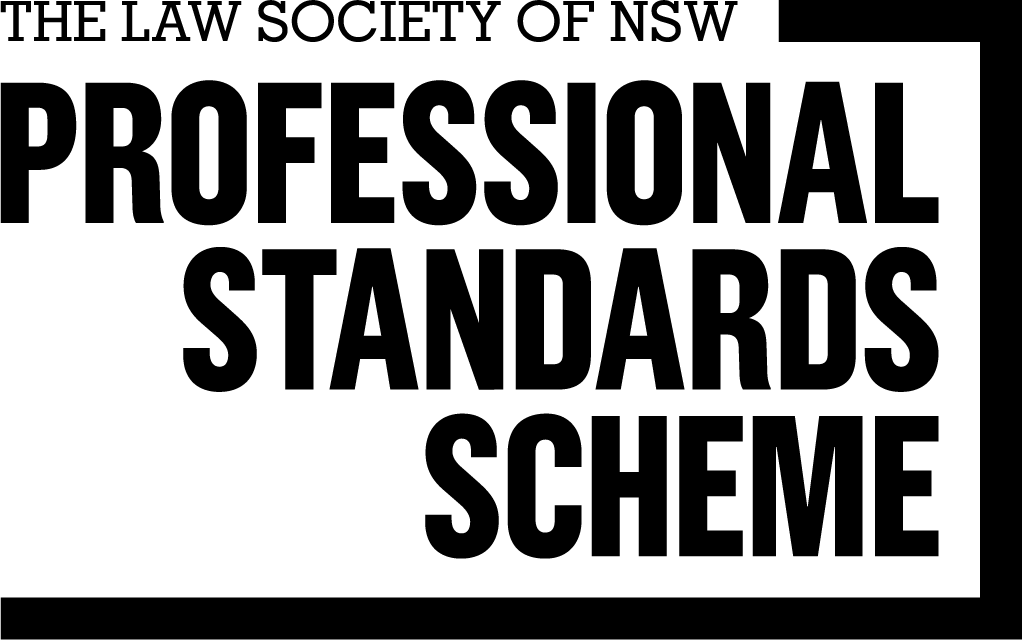It is hard these days to go past a politician or economist who is not flogging the productivity horse. Businesses are exhorted at every turn to implement micro reforms with the goal of improving their productivity.
Try implementing micro reform in the management of shopping centres with the dead weight of the retail legislation hanging around your neck.
The regulation of core trading hours is a good example of the way in which the retail legislation tangles up the path to productivity.
In New South Wales, the core trading hours of a shopping centre are defined in section 61(4) as “the times when retail shops in the… centre are required to be open for business…“.
30 years ago, when the retail legislation first emerged from the primordial slime, core trading hours were a uniform concept, with a 9.00 to 5.00 flavour.
Today, as traditional retail faces an increasingly challenging environment, we are experiencing a trend into restaurant and other food offers, and leisure and entertainment outlets. Not surprisingly, the one-size-fits-all approach to trading hours no longer cuts the mustard.
Centres necessarily remain underpinned by traditional retail, which must stay open for the traditional hours. However, you might expect the restaurants in the restaurant precinct to be required to stay open for dinner. The legislation does not address the concept of trading precincts, or differential core trading hours, to accommodate the new spread of retail functions. The industry is krumping, while the legislation keeps dancing the twist.
Centre management does not want to make traditional retailers open from 9.00 am – 10.00 pm. It does not necessarily want to make restaurant operators open before 12 noon. What it wants is to be able to manage the trading hours of various operators so that they are cohesive and responsive to the needs of the public.
The definition of core trading hours tries hard to stop that happening.
The legislation also regulates how core trading hours can be changed, and it is here that we move from tragedy to farce.
Section 61(1) says:
“…a lessor is not entitled to change the core trading hours of the… centre except with the approval in writing of the lessees of a majority of the retail shops in the shopping centre…“
Sounds simple enough. Time to get the ballot papers out to the lessees.
Now, let me see…”Lessee” is defined in section 3 as “the person who has the right to occupy a retail shop under a retail shop lease”. We already know that in a shopping centre a “retail shop” means premises that are “used, or proposed to be used, for carrying on any business“.
And we also know that a “retail shop lease” is defined to mean “any agreement under which a person grants or agrees to grant a right of occupation of premises for use as a retail shop“.
Hmmmm. The centre has a number of vacant shops. We have received back from a prospective tenant a signed heads of agreement to enter into a lease of a vacant shop. The HOA is expressed to be conditional on Richard Dawkins embracing Christianity. We all know that is never going to happen.
Acceptance of the HOA nevertheless gives rise to a retail shop lease as defined by the Act. Therefore, that shop will have to be counted, even though the tenant is likely never to occupy it.
Another prospective tenant also received a HOA, which was accepted by telephone call, expressed to be conditional on the tenant receiving an inheritance out of his uncle’s estate. But the oral, conditional agreement, still satisfies the definition of a retail shop lease. He will have to be counted too. (Although in NSW query if a retail shop lease can be “entered into” by oral acceptance).
Gee, when I think about it, the centre is also doing a redevelopment. We have 20 signed Agreements for Lease. As it happens, those agreements were signed 18 months ago and were expressed to be conditional on the centre redevelopment being completed by the sunset date. It is now certain that the sunset date will not be achieved, and it is likely that all of those tenants will exercise a right to rescind. However, that date has not yet arrived. Therefore, those lessees are all lessees under a retail shop lease and they will have to be counted too.
There are also 5 pop up shops in the centre: they are occupied under monthly licences, and have almost no investment in fitout. But they occupy retail shops, and they get a vote.
Now, I better be careful here. It is only the lessees of “retail shops” who get a gig in this process. “Retail shops” are “premises” used for carrying on “any business”.
Since the Court of Appeal handed down its decision in Sydney Markets Limited v Wilson [2011] NSW CA 201, I understand that for the purposes of the definition “retail shop”, “premises” might now mean any defined area in the centre used for carrying on a business. Hmmm. That means that every ATM in the centre is premises. The lessee of each ATM gets a vote.
Out go the ballot papers. And when they are returned, we find that the lessees of a majority of the retail shops have approved the change.
Shame for the mums and dads and other tenants who actually staff and work the operating retail businesses in the centre, and who unanimously opposed the change. They were outgunned by prospective tenants who might not ever open a shop in the centre, by casual blow-in tenants, and by ATM operators, who do not have to worry about staffing their businesses for the extended hours.
And spare a thought for the befuddled centre manager who has to try and give effect to all of this nonsense.
Three legal opinions have been obtained about how to effect the change, all of them conflicting. More advice had to be obtained about whether the person who orally accepted the HOA had “entered into” a retail shop lease. In the end, the centre manager goes with gut instinct based on the legal opinion that seemed the most compelling. Then the job starts of convincing a nervous board of directors that the change can be lawfully implemented, together with a risk/reward analysis of what might happen if the change is implemented and then unravelled because of legal challenge.
And all we want to do is make sure the restaurants in the centre are required to be open for consistent times!
What should have been a swift and sure decision to change trading hours in order to improve the productivity of the centre has become a fraught, costly, slow and risk-heavy crap shoot.
Can someone please remind me again:
- what purpose is served by the regulation of core trading hours?
- how that purpose is achieved by the legislation that has been enacted?
- how does the regulation improve the productivity of the retail industry?
If, as I suspect, the response is:
- none;
- it isn’t; and
- it doesn’t;
we find that we have regulation which now serves no purpose, which, even if it had a purpose, would fail to achieve it, and which makes it harder to improve the productivity of the centre.
At the moment, the retail industry needs that sort of legislation like the Labour Party needs another leadership spill.
Download PDF here – Core trading hours – making productivity harder






